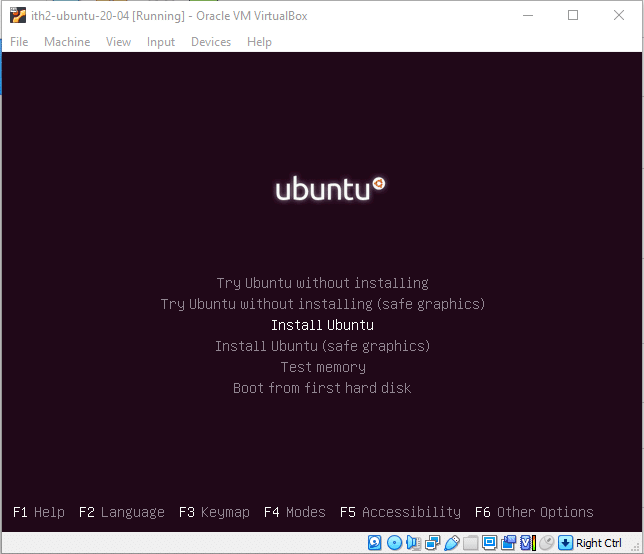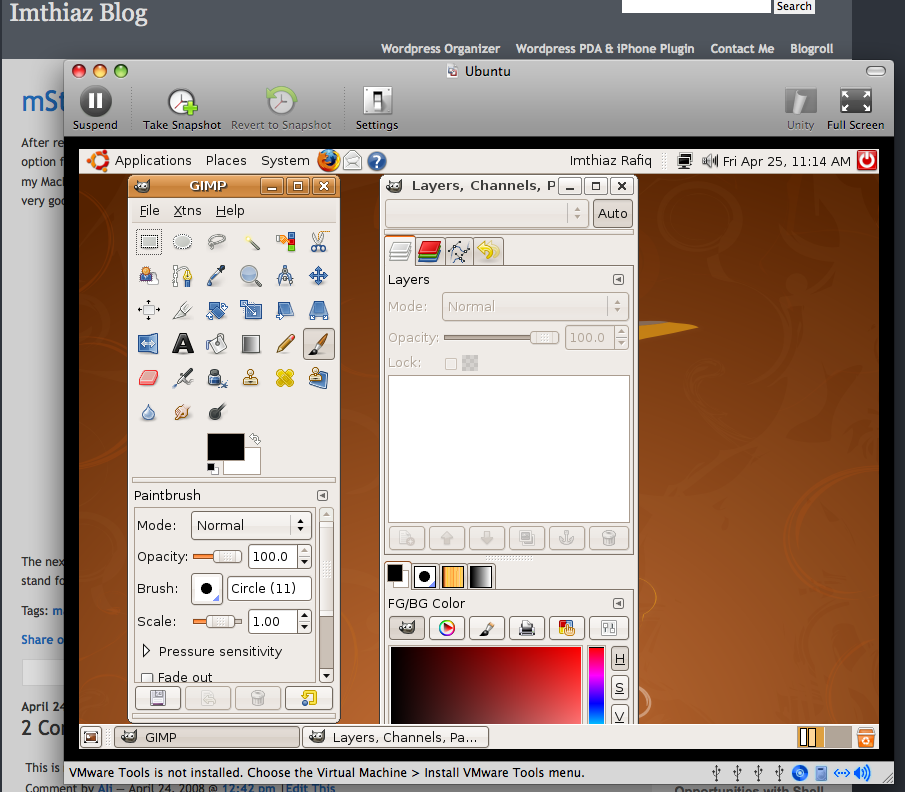

The problem however does not occur when using -device virtio-vga which indicates that this might be a QEMU issue.

The top bar itself is not visible but instead the purple background is shown where the top bar resides. However, after running the same command for QEMU version 6.2.0 on Ubuntu 22.04 and pressing ctrl+alt+f after making the resolution adjustment, yields a fullscreen view where the space occupied by the GNOME top bar (top panel with date in center) of the host is not used. cdrom ubuntu-22.04.1-desktop-amd64.iso \Īnd pressing ctrl+alt+f after booting the Ubuntu 22.04 live ISO and adjusting the display resolution to match the native resolution, works as expected, i.e., the VM screen is correctly displayed in fullscreen. To be frank, historically Ubuntu has sucked on Windows Hyper-V. Here 1366×768 is the screen resolution of the host machine. Oracle VM VirtualBox (formerly Innotek VirtualBox, Sun xVM VirtualBox, and Sun VirtualBox) is a hypervisor (type-2) for x-86. We need to follow this article for switching from the windowed mode to the full-screen mode and the full-screen mode to the windowed mode.

You will see the Ubuntu desktop open in full screen. We can also modify it into the full-screen mode. And because of this most of the windows dont fit in. Running QEMU version 4.2.1 on Ubuntu 20.04 via qemu-system-x86_64 \ However, by default the VM display will not run in full resolution. Changing Screen Resolution in Hyper-V Ubuntu VM Follow the instructions to change the screen resolution of an Ubuntu VM in Hyper-V: Once the system is rebooted, log in to the Ubuntu desktop and change to full screen. After installing Ubuntu in VMware we generally get a default screen resolution of 800 x 600 i.e.


 0 kommentar(er)
0 kommentar(er)
